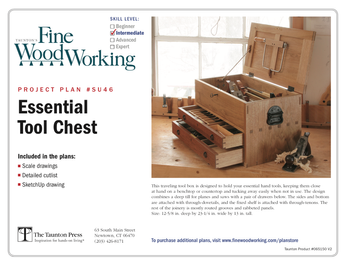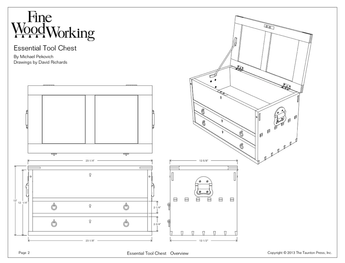I’m making a hallway table out of some hard maple – Because of some three way miters on the top, as well as drying time for the lumber, I’m wanting to finish first with shellac.
I’m thinking of spraying Zinsser’s sealcoat dewaxed shellac onto the maple after finishing by hand planing and scraping, then potentially either lacquer or just wax once everything’s together. The top would be mostly glass, and only 2″ around the outer rim total would be exposed maple, so I’m not totally concerned about water protection.
What I’m having trouble with is that I have no idea where to start with thinning the shellac, how many coats, best grits to scuff between coats, and how I should apply either lacquer or the wax after. I’m not well versed in shellac, or spraying really but I have an HLVP I’ll use. Thanks for any help! This ones a doozy for me.
(Also wondering how to approach shellac before glue up for better squeeze out, no idea how many coats or if I need to scuff between)
















Replies
I feel like applying shellac before fit-up is just asking for trouble—and honestly, I’m not sure why you’d want to do that in the first place. Is that what you're saying? I couldn’t quite tell what you meant there.
Shellac is self-wetting, so there's no need to scuff between coats. Just apply thin layers and let each one dry completely before adding the next.
I don't think you'd need lacquer on top of shellac—that seems a bit redundant. Lacquer is also self-wetting, and both finishes are easy to refresh later, which is useful for that 2" exposed perimeter around the glass. That area is probably going to take a beating over time.
Wax could give it a nice, smooth feel, but I’m not sure it’s necessary. A good shellac or lacquer finish should look great on its own.
If you're still learning about these finishes, the best approach is to grab some scrap wood and do some good old-fashioned experimenting. Try out different cuts and coat numbers, and see what look you like best. Both shellac and lacquer can be thinned, so play around with that too. And if you haven’t used an HVLP sprayer before, I’d definitely recommend practicing with it beforehand.
Whatever you do, don’t test anything new on your actual project before trying it out first.
Also, I’m curious if anyone has feedback on the construction side of things. The miters look cool—but they also scare me, to be honest. I’m not great with them, so they always demand a lot of focus. Looks like your boards need to be dimensioned dead nuts if those miters are going to come together cleanly.
Personally, I would recalibrate everything before going in on that.
I was just thinking about how I’d eff this up. I’d rabbet around the inside of the large lower open area on all four sides, then add a border inlay after the fit-up.
I already know those miters wouldnt be perfect for me — but the inlay would let me turn any misaligned inside edges into a feature, instead of a mistake I’m stressing over trying to hide.
Maybe your better than me but its still wise to know your weaknesses and plan ahead for them if you can.
You’re spot on with the recalibration, plus a lot of checking the miter gauge back and forth for accuracy. For the most part with a good newly sharpened blade (I’m using the tenryu gold medal) and a stable miter gauge it could be done well with a good amount of tests
What do you mean by … as well as drying time for the lumber…?
I meant a seal coat - not sure why I said “drying time”
I let the wood acclimate for as much time as I could after bringing it in, then I milled about a 1/4” off and have let it sit since then. I want to mill it to final thickness and put finish on it in the same day to seal it well next
If you are using quality kiln dried lumber there is no need for acclimating and milling away close to finish dimension and resting the Wood. Worst that can happen is that residual stresses will be released at the Time of sizing the Wood but the last machining pass will get it straight. On such Small pièce, shellac can be applied with a Cotton pad and dries instantenously and is better done once the pièces are assembles and final sanded.
I have used shellac a fair bit. I prefer about a 1.5 lb cut. I apply by brush “oval mop style” I picked up a Michaels for less than $20. If using canned Zinser floor sealer, I often dilute with another 25%ish volume of alcohol. Paul Sellers has excellent YouTube videos on how to apply shellac. It’s not that hard to apply.
I am not a big user of shellac and tuned in to this to see the responses from those more experienced.
That said, I have used the seal coat and generally thinned it 50% with alcohol.
I don't use shellac so much now because as I was getting in to it, and experimenting, I discovered the joys of Osmo as a finish and now use that product for most if not all wood finish items.
As an avid consumer of STL, I would point out that there have been many discussions of pre-finishing with shellac there, and there is a huge advantage to that approach in managing the effects glue squeeze-out may have on a finish. Turns out that hard waxes are just as good at that, though a bit slower to cure.
No lacquer; no pre-finishing unassembled parts; use a pound and a half cut and go for more applications; wax topcoat. Traditional shellac finish.
Practice on a few nice sized pieces of project scrap first -- the entire routine you have planned.